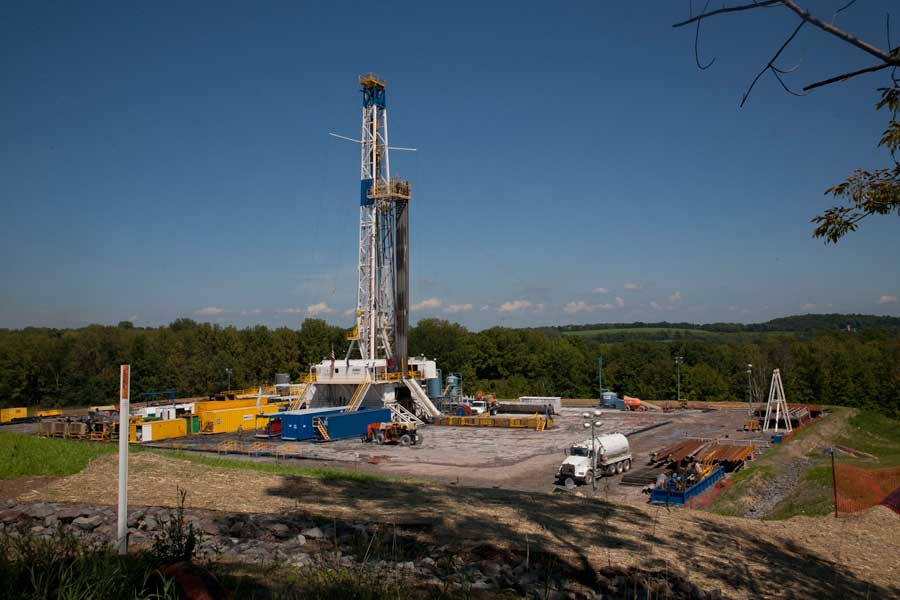Photo Courtesy of Appalachian Voices
A study published today in the Proceedings of the National Academy of Sciences found the presence of chemicals used to extract natural gas through the controversial method of fracking in the drinking water of three private residences in Pennsylvania.
“This is the first case published with a complete story showing organic compounds attributed to shale gas development found in a homeowner’s well,” Susan Brantley, one of the study’s authors and a geoscientist from Pennsylvania State University, told the New York Times.
The study seems to support the argument of fracking opponents who have long maintained that chemicals used during the hydraulic fracturing process pose a significant risk to nearby groundwater deposits.
According to the study, one of the chemicals that turned up in the Pennsylvania drinking water as 2-Butoxyethanol or 2BE. This compound is commonly used in cosmetics and paints and is known to cause tumors in rodents, though the amount detected by the study was within safety standards.
Fracking industry officials are standing by previous statements, saying that fracking poses no real risk to ground water because the chemical injection process it utilizes takes place nearly a thousand feet underground. As for the study, fracking officials say that it offers no proof that the detected chemicals actually came from nearby fracking wells.
Read more here.








